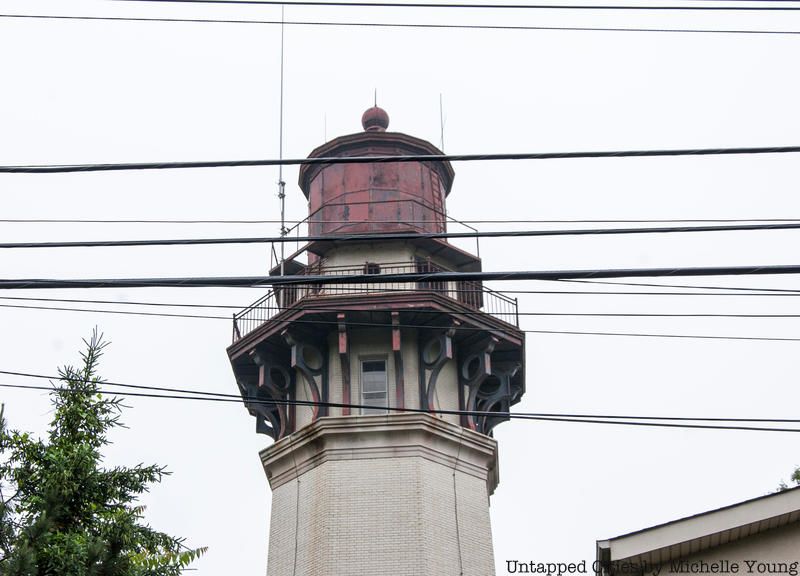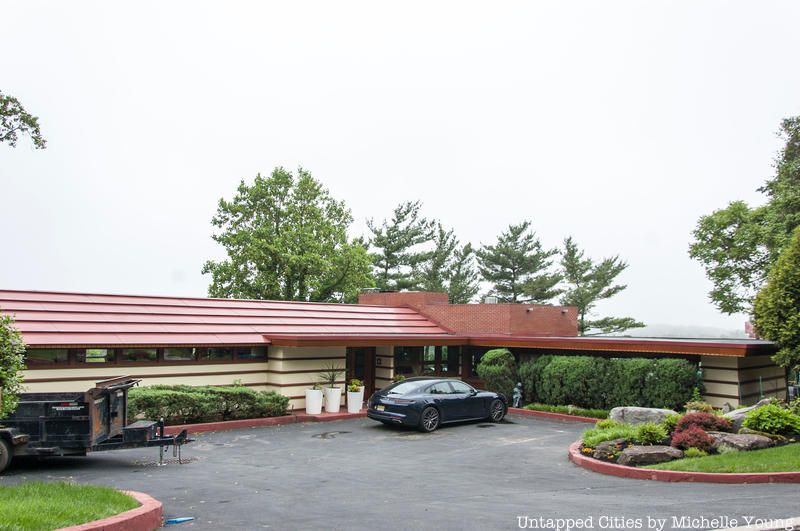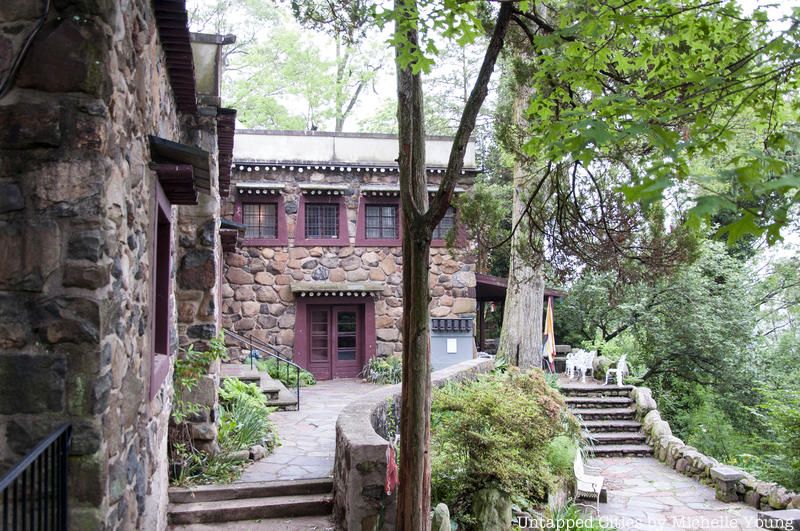Last-Minute NYC Holiday Gift Guide 🎁
We’ve created a holiday gift guide with presents for the intrepid New Yorker that should arrive just in time—


“Landlocked lighthouse” sounds like an oxymoron, but the Staten Island Range Light on Lighthouse Hill in Staten Island has been the metaphorical beacon of a charming and historically rich neighborhood for over a century. Located four miles from the nearest coastline and seven miles from the Staten Island ferry’s stop, the elegant lighthouse is still in operation, thanks to its location at 231 feet above sea level.
Built in 1912 and originally powered by a kerosene lamp, the yellow brick and limestone lighthouse (also known as the Richmond Light) has been running on a 1,000 watt bulb and a Fresnel range lamp since 1939, aiding ships in the Ambrose Channel, between Staten Island and Brooklyn, the primary lane for shipping in New York harbor. The beloved local historian Joe Esposito kept the light from 1992 to 2001, accepting no salary in exchange for his labor until a heart attack led to his retirement. According to the New York Times, Coast Guard officers stop by every three months just to make sure the light is still on. The original lighthouse keeper’s house is now a private home.

The lighthouse became the subject of a tussle between the New York City Landmarks Preservation Commission and the federal government in 1968 over granting landmark status. Because the lighthouse is technically on federal land, the proposal was met with resistance, as such a designation would place the lighthouse under New York City jurisdiction. The Commission won, declaring it “a building of which New Yorkers are proud” and cementing its significance to New York history. The Landmarks Designation report notes that in addition to its “distinguished” architecture, the Staten Island Range Light “stands as a reminder of the men and women in the lighthouse service who have devoted their lives to the safe entry and departure of ships in and out of this great American port.”
The Lighthouse Hill area feels more like a quaint New England community than somewhere in New York City. Many of the houses have a Colonial influence and the lush greenery feels like a rare pocket of nature in the big city. The streets are lined also with Victorian and turn-of-the-century manors steeped in New York history. For example, back when Lighthouse Hill was known as “Richmond Road,” it was home to the “Richmond Seminary for Young Ladies,” a finishing school for wealthy young girls from around the country. The establishment only lasted until 1852, when it was revamped by its owner John H. Powell and converted into the Richmond Hill Hotel, which closed in 1870.

A long building with red accents located on Manor Court just behind the Staten Island Range light is the only design by Frank Lloyd Wright in New York City. The house was designed in 1959, just before Wright’s death, at the request of William Cass, Vice President of the New York Personnel Agency, and his wife Catherine. It owes its name, “Crimson Beech,” to a copper beech tree on the property that was destroyed by a 1967 hurricane, but has since been replanted.
Obviously, the real estate in this historical neighborhood is not cheap, so it has been home to a number of well-known names. The Pulitzer Prize winning poet Edwin Arlington Robinson, a favorite of Teddy Roosevelt, moved to Lighthouse Hill in 1913. Another former famous resident is Arthur Andersen, who is known not by his name, but by his voice of the Lucky Charms Leprechaun.

The neighborhood also houses the Jacques Marchais Museum of Tibetan Art. The building was specially designed by Jacques Marchais, a woman art collector specializing in Tibetan works, in the style of Tibetan monasteries, and featuring an outdoor “Samadhi Garden”. Along with displays of Tibetan cultural and religious relics and artworks, the museum also holds weekly meditation and tai chi classes.
Today, Lighthouse Hill is a luxuriously priced neighborhood filled with classical East Coast character and a curious landmarked lighthouse for which is named. Its historical sites and museum offerings also make it a great day trip option. With stunning views and harmonious architecture, it’s the perfect getaway from the New York hustle bustle.
Next, check out 10 abandoned places to discover on Staten Island.
Subscribe to our newsletter